Blastr Green Steel assumes a pioneering role in the industry with the goal of producing carbon-free steel and draws attention with its investments and collaborations in this field.
Mark Bula, CEO of Blastr Green Steel, shared the investments and strategic partnerships made in their journey to carbon-free steel production, and made important statements about Blastr's innovative approach and sustainability goals. He also shared his views on the importance of green steel in raw materials and Europe's future projections in this field.
Could you please elaborate on the investments Blastr has made in its pursuit of carbon-free steel production?
Blastr is making significant investments to achieve its goal of carbon-free steel production. One of these investments is a production site in Inkoo, Finland, reflecting Finland's low fossil fuel dependency, which has one of the world's most ambitious carbon neutralization targets. Inkoo reduces transportation costs and CO₂ emissions in logistics processes thanks to its strong power purchasing capabilities and deep-sea port.
In addition, Blastr established a strategic partnership with Cargill. The partnership builds on the close relationship developed between Cargill and Blastr, centered on Blastr’s plan for an mine-to-gate decarbonized value chain to deliver more than 90% reduction of Scope 1-3 CO₂ emissions per ton of steel. Blastr is initially developing a 6 million tons DR-grade pellets plant and a 2,5 million tons direct reduced iron (DRI-EAF) steel plant with green hydrogen production. Cargill’s partnership is a competitive advantage in developing this full value chain and going to market more creatively.
Blastr is also making important collaborations for the technologies to be used in the steel mill. Blastr has selected Primetals Technologies as its technology partner for the planned steel plant to produce 2,5 million tonnes of low emission steel annually in Inkoo, Finland. The partnership encompasses a range of crucial components in iron and steel production, including the design of a Direct Reduced Iron (DRI) plant, an electric steelmaking melt shop, an Arvedi ESP line, and a continuous hot rolled pickling and galvanizing line. They also aim to develop a 100% hydrogen-based DRI plant together with Midrex, a world leader in DRI technology.
“Steel can not be totally carbon-free”
Could you provide a detailed explanation of Blastr's technology for producing steel using hydrogen instead of coal and coke, which significantly reduces CO₂ emissions?
Even in the forms of steel manufacturing with the lowest CO₂ emissions, there will be certain emission-generating elements relating to, for example, transportation and electricity grid intensity. Also, even in the case that all CO₂ emissions are cut in the value chain, there will still be some CO₂ emissions from the adding of carbon in the flat steel alloys. Steel can not be totally carbon-free. The approach used by Blastr, a decarbonized value chain with hydrogen-based iron reduction, minimizes the CO₂ emissions and enables the manufacturing of ultra-low- CO₂ steel.
Blastr's concept to include the full value chain from iron ore pellet feed to finished steel products will put us in an ideal position in achieving the lowest possible CO₂ emissions, including Scope 3.
DRI will be transported hot to the electric arc furnace (EAF) melt shop, ensuring the lowest possible electricity consumption. The process route includes a ladle furnace and degassing station before feeding the alloyed steel to a direct casting. In this way, the use of fossil energy for slab heating is completely avoided and CO₂ emissions and energy consumption are minimized.
Blastr also aims to further reduce CO₂ emissions, in particular by reducing Scope 3 emissions for purchased commodities and green transports. In addition, as Finland approaches fossil-free electricity generation in 2029, the electricity grid intensity will be low.
Blastr is including the full scope 1, 2, and 3 in its communicated CO2 footprint in order to provide full transparency for its customers and stakeholders.
Could you highlight the advantages of using green steel with regards to raw material sourcing and its contribution to a more sustainable future?
When we look at the advantages in raw material supply, CO₂ free energy sources stand out as a key priority. Green steel is produced using renewable energy sources and environmentally friendly technologies, such as green hydrogen, instead of traditional fossil fuels. This significantly reduces the carbon footprint associated with steel production.
The second important advantage is the utilization of scrap metal. Green steel production emphasizes recycling and reusing scrap metal, which then reduces the need for new raw materials. The third important point is sustainable mining practices. Green steel production encourages the use of sustainable mining practices that minimize environmental damage and ensure the long-term availability of resources.
When we look at their contribution to a sustainable future, lower greenhouse gas emissions comes first. Green steel production generates significantly fewer greenhouse gas emissions compared to conventional methods. This helps in mitigating climate change and reducing the industry's overall environmental impact.
Another important contribution is energy efficiency. The production processes for green steel are designed to be more energy-efficient, further reducing the total energy consumption and further reducing the reliance on non-renewable energy sources.
Furthermore, green steel promotes a circular economy. By emphasizing recycling and the efficient use of resources, green steel contributes to a circular economy where materials are kept in use for as long as possible, reducing waste and the need for new raw materials.
Finally, innovative approaches are important as well. The bad news is that established companies face challenges in adopting disruptive technologies because their existing value networks and organizational structures are not conducive to embracing these innovations (often referred to as The Innovators Dilemma). The approach to maintaining existing business units differs from entirely new business models, which are more conducive to an entrepreneurial model.
“The market is moving towards low- CO₂ steel”
Europe is reportedly planning major initiatives for green steel in the next five years. How do you anticipate this impacting the global market?
Market analysts forecast 30-40 million tons demand in Europe for low- CO₂ flat steel products by 2030, increasing to 98 million tons by 2035 after enforcement of CBAM and removal of free allowances to steel industry. The demand for low- CO₂ steel is already high and expected to increase significantly fueled by regulatory changes and emission reduction targets set by large steel end-users.
As EU is scaling down free allowance in EU ETS system (gone by 2034) and CBAM is introduced, low- CO₂ steel makers will become more cost competitive as CO₂ price will be reflected on steel price.
Also, many steel heavy end customer segments are already introducing emission ambitions to their sourcing and thus the market is moving towards low- CO₂ steel. In the coming decades, it is expected that there will be a significant undersupply of low- CO₂ steel relative to the demand. The market is vast, so competing low- CO₂ steel manufacturers will not cannibalize each other for decades to come.
However, a 90% headline target (GHG emissions reduction) for the whole of the EU by 2040 equates to nearly full decarbonization of energy intensive industries such as steel. If a drastic ramp-up of investments in decarbonizing the steel industry fails, there is a real risk to Europe’s economic and climate policies and the interaction with energy transition, foreign trade and global competition. And this could contribute to de-industrialization, thus undermining the EU’s resilience and strategic autonomy.
Have there been any recent shifts in Blastr's market objectives? If so, what factors have contributed to these changes?
Since the inception of Blastr Green Steel, the market objective as well as the business objective are to help enable the European steel industry’s transition to lower CO₂ iron and steel making. That remains our focus today, in pursuing three revenue and product categories: DR Pellets, Green DRI/HBI and low emission hot rolled coils.
Blastr is actively seeking partnerships and collaborations with other experienced partner companies for part of the value chain, research institutions, and governments to advance its green steel technologies and expand its market reach. Collaborations are aimed at accelerating innovation and creating synergies in sustainable production.



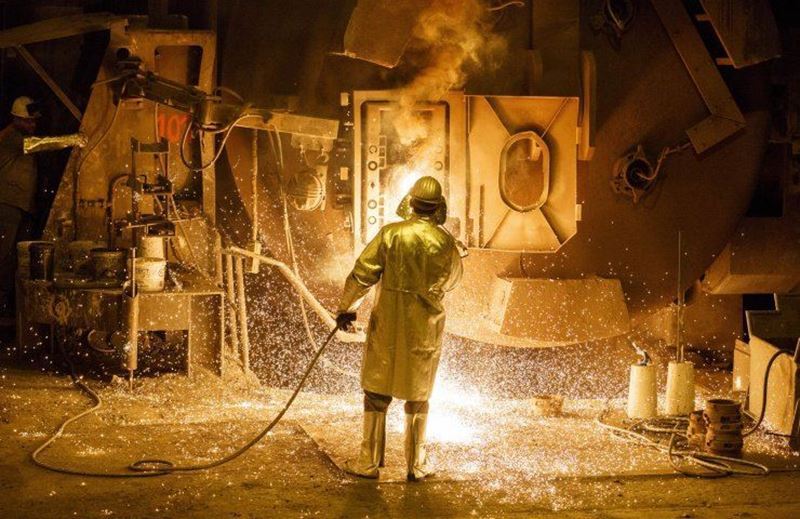
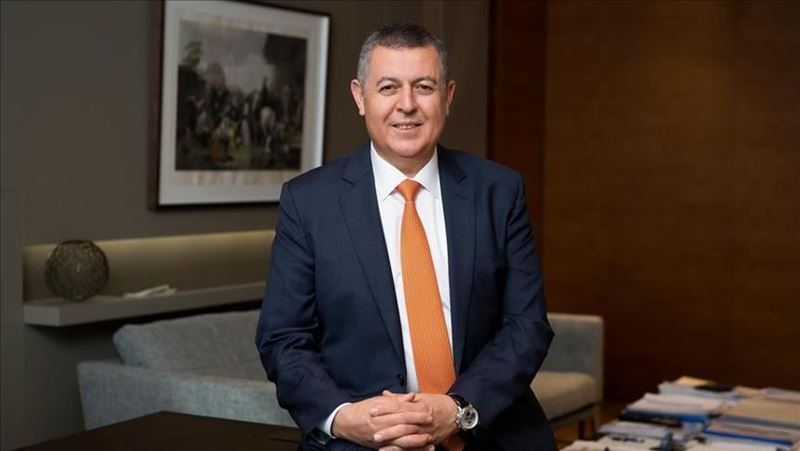
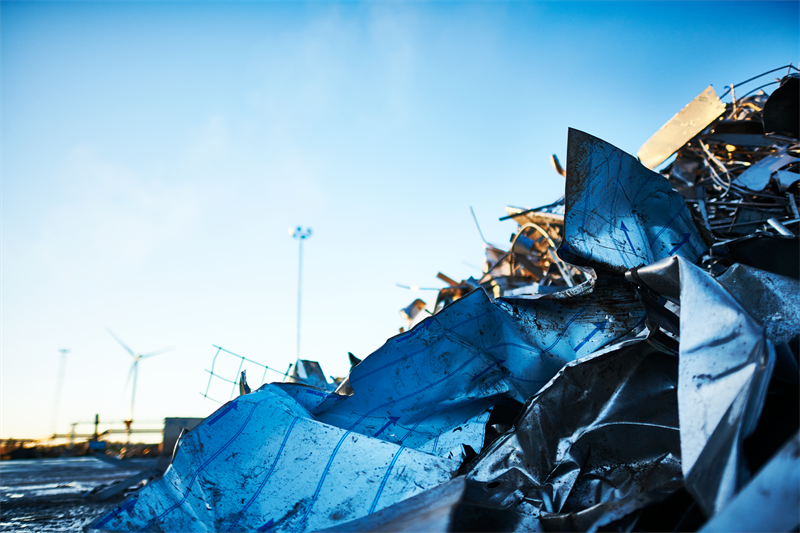
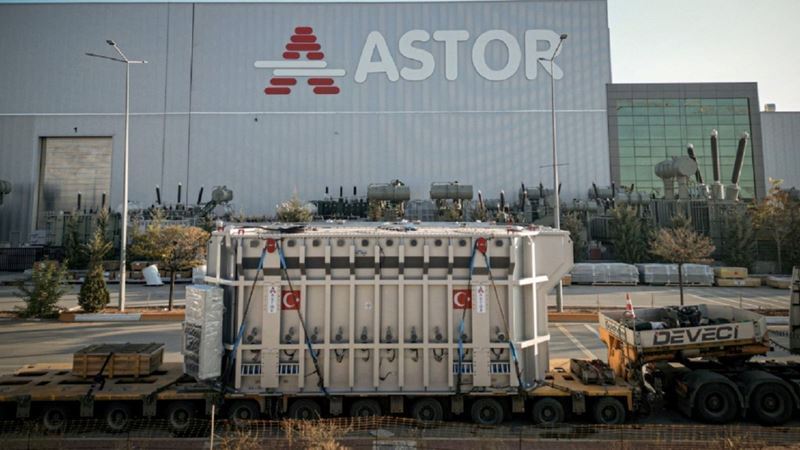
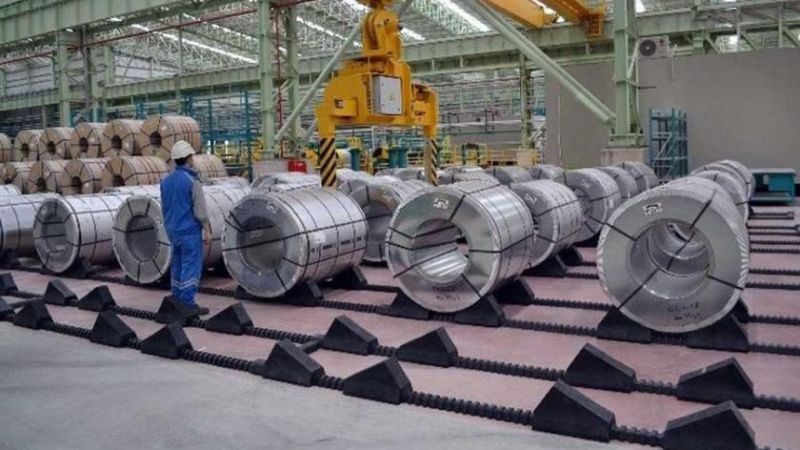

Comments
No comment yet.